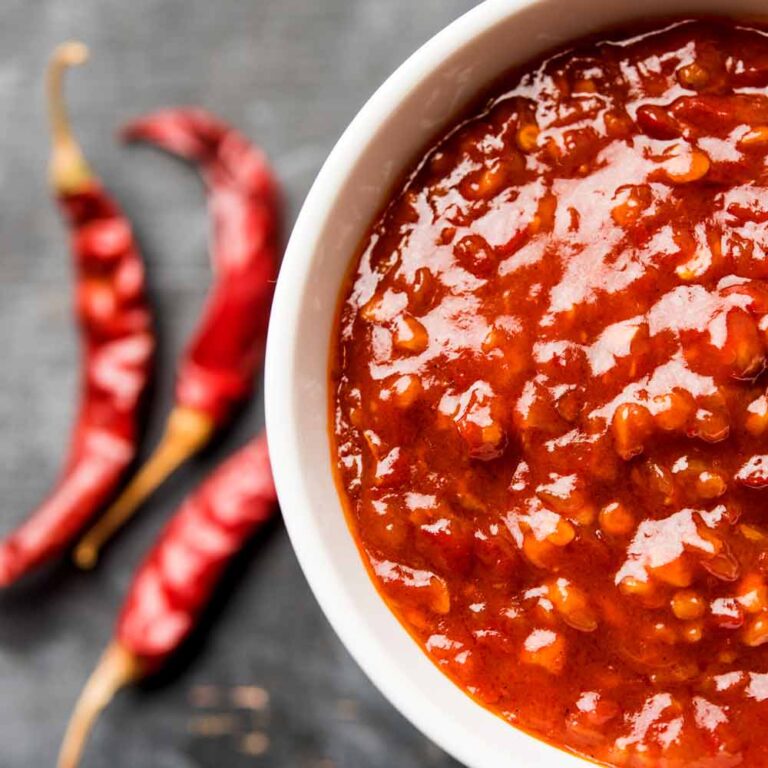You went a bit too far. One spoonful too many of that chili, a little too much habanero—and now the sauce is burning like a bonfire in your mouth. But don’t panic: these tricks will help you tame the heat—without throwing the whole dish in the trash. Simple, effective, and without any culinary drama.
- Add dairy products to take the heat out: A dash of cream, a spoonful of yogurt, or a dollop of crème fraîche. The fats bind capsaicin, the substance that causes the burning sensation. This works especially well with curries, stews, or dips.
- Coconut milk for an exotic touch: Coconut milk not only has a cooling effect, it also gently rounds off the flavor, especially in Asian dishes. Bonus: creaminess without lactose.
- Sugar as a counterbalance: A teaspoon of sugar or honey can work wonders.
Spiciness meets sweetness – a harmonious balance without destroying the flavor. - Potato trick from grandma’s kitchen: Add a peeled, raw potato to the sauce, cook it along with the sauce, and remove it later. It absorbs some of the spiciness – subtle but effective.
- Puree carrots or pumpkin: Sweet vegetables can reduce the spiciness while making the sauce thicker and more flavorful. Ideal for tomato sauces.
- Rice as a buffer: Is the sauce too spicy? Simply serve it with an extra portion of rice or pasta – this dilutes the spiciness directly on the plate.
- More volume, less fire: Extend the sauce with more broth, tomatoes, or vegetables. This distributes the spiciness over more of the dish.
- A spoonful of peanut butter: A real game changer, especially in Asian dishes. Fatty, sweet, nutty – it reduces the heat and adds depth.
- Tomato power: Tomato paste or puréed tomatoes not only dilute the heat, but also add fruity freshness. Ideal for chili con carne or arrabbiata.
- Apple sauce or mango chutney: Fruity sweetness as a counterbalance. Not for every dish, but a hit with Indian or Oriental sauces.
- Add breadcrumbs: Tear up some stale bread and simmer briefly. It absorbs the heat and adds a rustic note. Remove from the dish before serving.
- Fat is your friend: A good dash of oil – olive, sesame or nut oil – can help bind the capsaicin heat.
- Don’t panic – just give it time: The heat dissipates over time. Leave the sauce to stand overnight and try again the next day.
- When in doubt: make two sauces: Leave the spicy one as it is. For those with sensitive palates, make a milder version on the side. Diplomacy on a plate.
Conclusion: Spiciness is not a one-way street. With a little know-how, almost any fiery sauce can be saved—without culinary surrender, but with flavor, style, and a pinch of improvisation.






